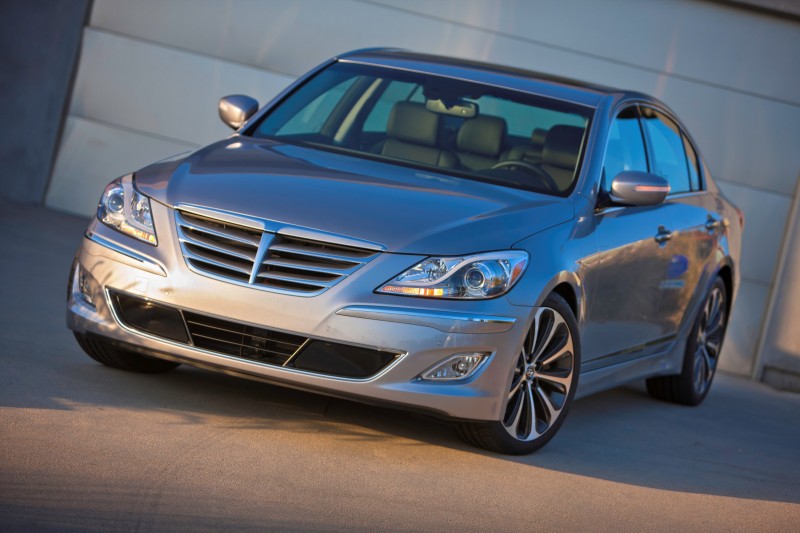Changes to EPA’s Fuel Economy Test to Curtail MPG Accuracy Disputes

Korean automakers like Hyundai have received attention for innacurate MPG estimates
Pictured: the 2013 Hyundai Genesis
Whether or not you own one of the vehicles whose MPG estimates have come under fire, you’re probably aware of the increased legal disputes surrounding the accuracy of certain automakers’ fuel efficiency labels.
The Environmental Protection Agency (EPA) is also aware of these disputes and has been meeting with automakers to determine the cause of these discrepancies. After thorough auditing, the EPA has announced changes to its fuel economy test.
MPG inaccuracy is not always a simple, blatant exaggeration by an automaker, as many believe. Instead, errors can be made during fuel economy testing due to vague instructions or improper execution.
The updated fuel economy test procedures issued by the EPA tackle a part of the evaluation which has caused problems for automakers for years—and has been the root of many of the inaccurate MPG figures.
The main issue is the data taken from the coast down test, which basically evaluates the rolling resistance and drag of vehicles which glide from 70 mph to a complete stop on a straight, flat road. Because automakers frequently botch this test, and use those values to program dynamometers (which calculate fuel economy ratings), MPG labels are often inaccurate.
The EPA’s recent updates clarify how automakers should prepare vehicles for the coast down test and broadens the evaluation to a broader range of speeds.
“It will be more accurate,” promised Chris Grundler, director of the EPA’s Office of Transportation Air Quality. “Both the EPA and the automakers have a common cause to make sure that customers are getting the best information.”
EPA and automakers assure us they are paying more attention to how the tests are done.
While it won’t solve the entire dilemma immediately, it is a step in the right direction for closing the gap and reducing future litigation.
News Source: Automotive News (subscription required)

The News Wheel is a digital auto magazine providing readers with a fresh perspective on the latest car news. We’re located in the heart of America (Dayton, Ohio) and our goal is to deliver an entertaining and informative perspective on what’s trending in the automotive world. See more articles from The News Wheel.

